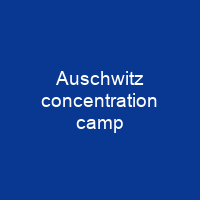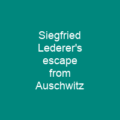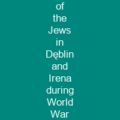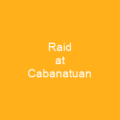Auschwitz: The Dark Chapter of History
Imagine a place where the very air is thick with the weight of unimaginable suffering and loss. Auschwitz, a complex of over 40 camps operated by Nazi Germany during World War II, stands as one of humanity’s darkest chapters. How could such atrocities occur in the heart of Europe?
The Genesis
Auschwitz was established in April 1940 as a quarantine camp for Polish political prisoners. But it quickly transformed into something far more sinister. The first mass transport arrived on June 14, 1940, with 728 Polish male political prisoners. By the end of that year, over 10,000 were imprisoned in the camp, most of them Poles. What drove these innocent people to such a fate?
The Machinery of Death
Auschwitz II-Birkenau, built after Himmler’s visit in March 1941, could accommodate approximately 7,000 prisoners and was designed to hold up to 30,000. The first gas chamber at Auschwitz II was operational by March 1942, with two brick cottages converted into gassing facilities. By June 1943, four crematoria were operational, capable of burning over 4,000 bodies daily. How could such industrialized killing be allowed to happen?
The Human Cost
Over 1.3 million people were sent to Auschwitz between 1940 and 1945, with at least 1.1 million murdered there. The actual death toll was likely higher than the registered number of 400,207 prisoners. In addition, the ashes were disposed of in such a way that it would be impossible to calculate the exact number of corpses burned. How can we even begin to comprehend such numbers?
The Final Solution
The Wannsee Conference on January 20, 1942, outlined the Final Solution to kill all Jews. Reinhard Heydrich’s plan was chillingly clear: ‘The final goal is to achieve a Europe without Jews.’ How could such a monstrous idea gain traction?
The Liberation
The camp was liberated by the Soviet Red Army on January 27, 1945. The day began at 4:30 am with a gong, followed by beatings to wash and use latrines. There were few latrines and lack of clean water, with prisoners washing in troughs with 90 faucets but sewage channels with holes for seating. How could such basic human needs be so cruelly denied?
The Aftermath
Auschwitz has since become a symbol of the Holocaust, with a museum and UNESCO World Heritage Site designation. The Auschwitz-Birkenau State Museum was established in 1947, with exhibits showcasing the persecution of various nations, including Polish Jews, at Auschwitz I and II-Birkenau. How can we ensure that such atrocities never happen again?
The Legacy
Visitors to the site have increased from 492,500 in 2001, to over one million in 2009, to two million in 2016. There have been protracted disputes over the perceived Christianization of the site. Pope John Paul II celebrated mass on the train tracks leading to Auschwitz II-Birkenau and called the camp ‘the Golgotha of our age.’ How can we honor the memory of those who suffered while ensuring their stories are not forgotten?
Auschwitz, a place where millions were sent to their deaths, stands as a stark reminder of humanity’s capacity for evil. It is a symbol of the Holocaust and a testament to the resilience of the human spirit. As we visit this site, let us remember the victims and honor their memory by ensuring that such atrocities never happen again.

You want to know more about Auschwitz concentration camp?
This page is based on the article Auschwitz concentration camp published in Wikipedia (retrieved on January 25, 2025) and was automatically summarized using artificial intelligence.







